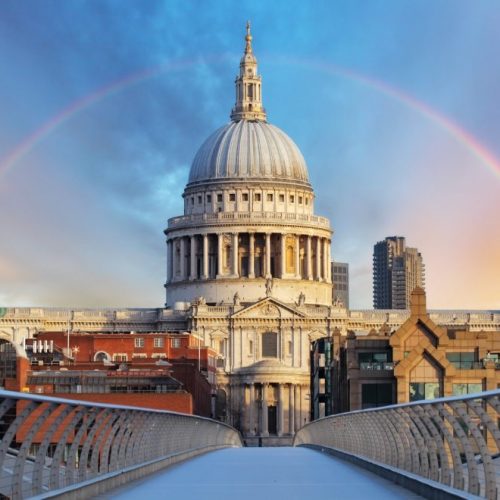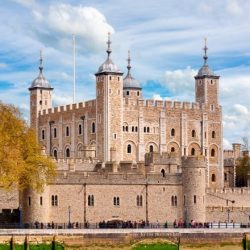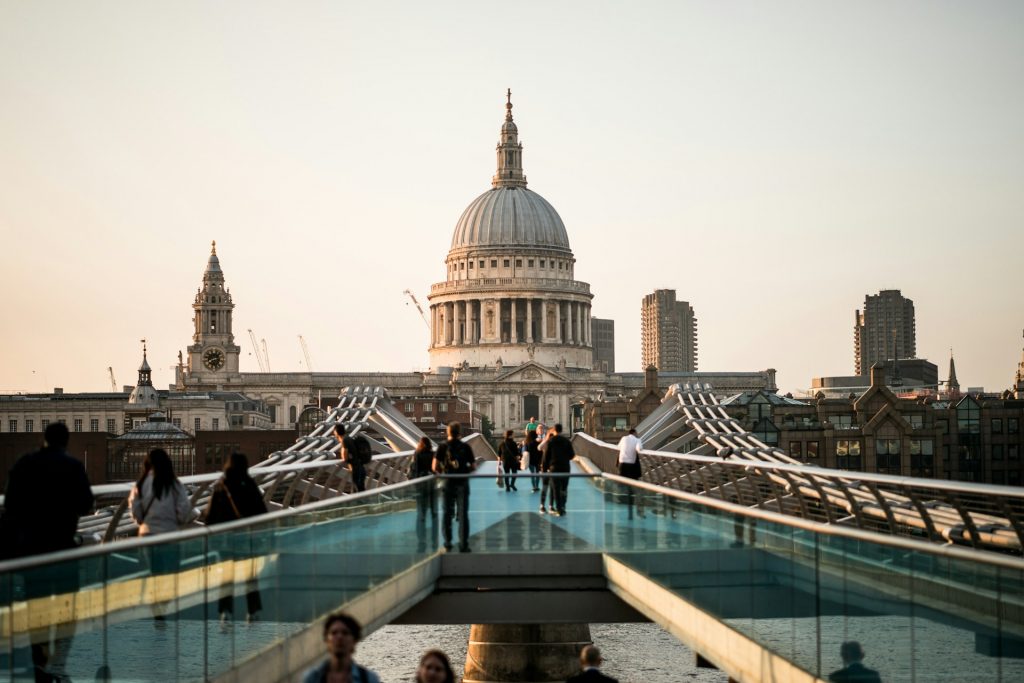
The River Thames is one of the most famous rivers in the world. The Houses of Parliament sits on its banks. Restaurants, bars, and the iconic London Eye overlook its beauty. At 215 miles long, the river snakes up from the Cotswolds down to Southend-on-Sea, where it flows into the North Sea.
Such a long and distinctive river, however, does need to be crossed at many points along its way, no more so than in central London. London is a busy city. Tower Bridge alone is used by 40,000 people every day. And Tower Bridge is only one of London’s many magnificent bridges.
Whether old or new, London’s bridges aren’t just functional, they’re also historic and beautiful. Ready to delve into the world of bridges on your next trip to London? Here’s our guide to London’s bridges.
1. Tower Bridge
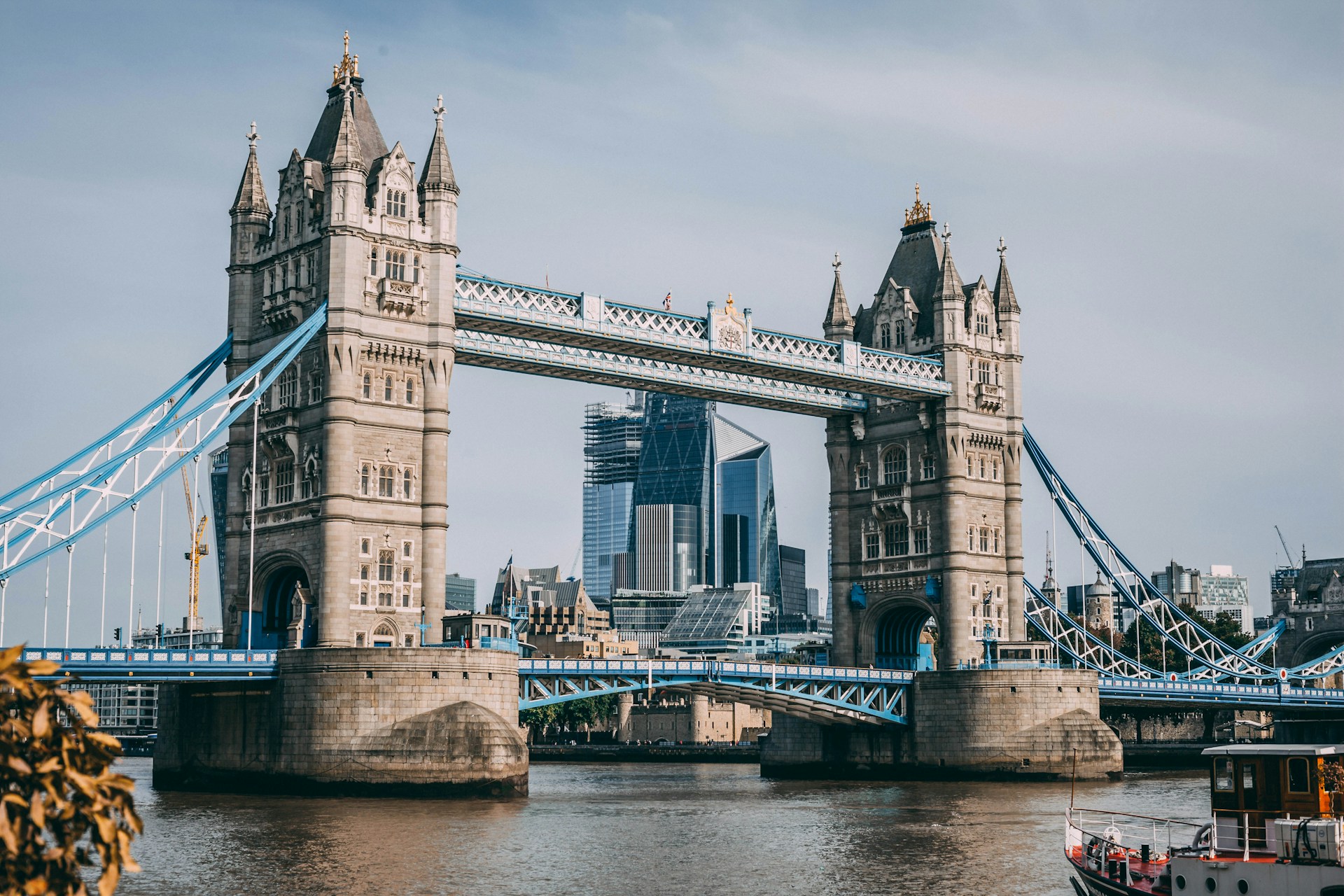
One of London’s most famous and easily recognizable bridges, Tower Bridge was built between 1886 and 1894. While it’s a beautiful bridge, designed in Neo-Gothic architecture, its main purpose is practical.
You can drive over the bridge, or walk the walkways, and you can even go up the towers and get a view of the river and London from the high walkway above. If you’re really lucky, you’ll be able to see the bridge split into two to allow bigger ships to pass between the two towers. The best way to see this is from a cruise along the river.
2. London Bridge
Often confused with Tower Bridge, London Bridge is much more understated, but it’s one of the oldest bridges in London. While the current one is not the original, a bridge has stood on this spot since Roman times.
In Tudor times, the bridge was used to display the heads of crown traitors on spikes along its walls. In 1722, congestion on the bridge resulted in the rule to cross on the left, which continues today and forms the basis of all road traffic in the U.K.Being both historic and very busy, the bridge has needed a lot of repairs over the years. In fact, the entire bridge has been replaced many times. The bridge you see today was built in 1973. It’s ideally located close to many attractions and ties in great with a food tour of Borough Market.
3. Millennium Bridge
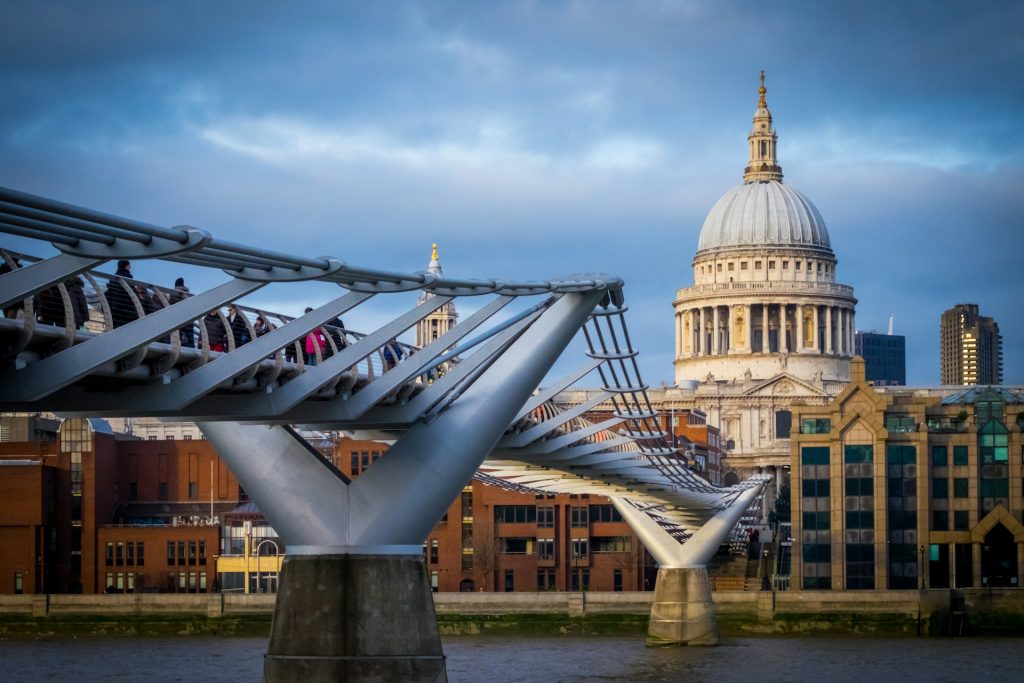
As the name suggests, the Millennium Bridge was completed in the year 2000. It connects the South Bank, home of the Tate Modern and Shakespeare’s Globe, to the North Bank, where you’ll find St. Paul’s Cathedral.
It’s the most modern bridge in London and has a sleek, minimalist design. When the bridge first opened, 80,000 people walked across it on the first day. Shortly afterward, there were reports of the bridge swaying when pedestrians walked its length. To address the issue, the bridge was closed for renovations and re-opened two years later.
4. Westminster Bridge
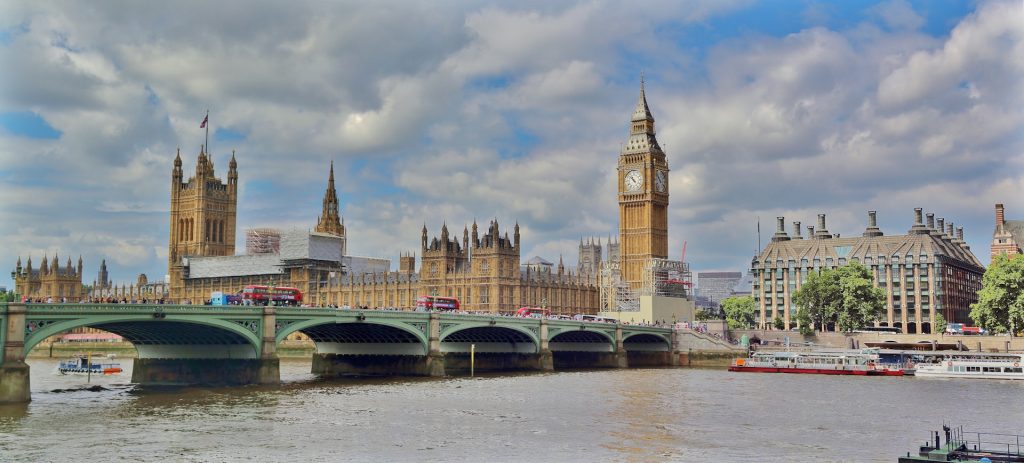
Built in 1739, Westminster Bridge is the oldest intact bridge in London. It connects the Houses of Parliament with Lambeth in the east, and standing on the bridge gives you clear views of the London Eye and Big Ben.
It has an ornate style with gothic lamps lighting its length, and it’s painted the same green as the chairs in the House of Commons.
5. Southwark Bridge
First constructed in 1819, Southwark Bridge was built to help the growing number of vehicles get to the south of the city. However, the bridge was demolished around the time of World War I and was rebuilt in 1921 as the bridge you see today.
Although designed to alleviate traffic, it was never used in the way it was hoped. Even today, it remains a fairly quiet bridge compared to others in London.
The bridge is book-ended by historical sites. To the south is the original site of Shakespeare’s Globe. To the north is where you can see The London Stone.
6. Blackfriars Bridge
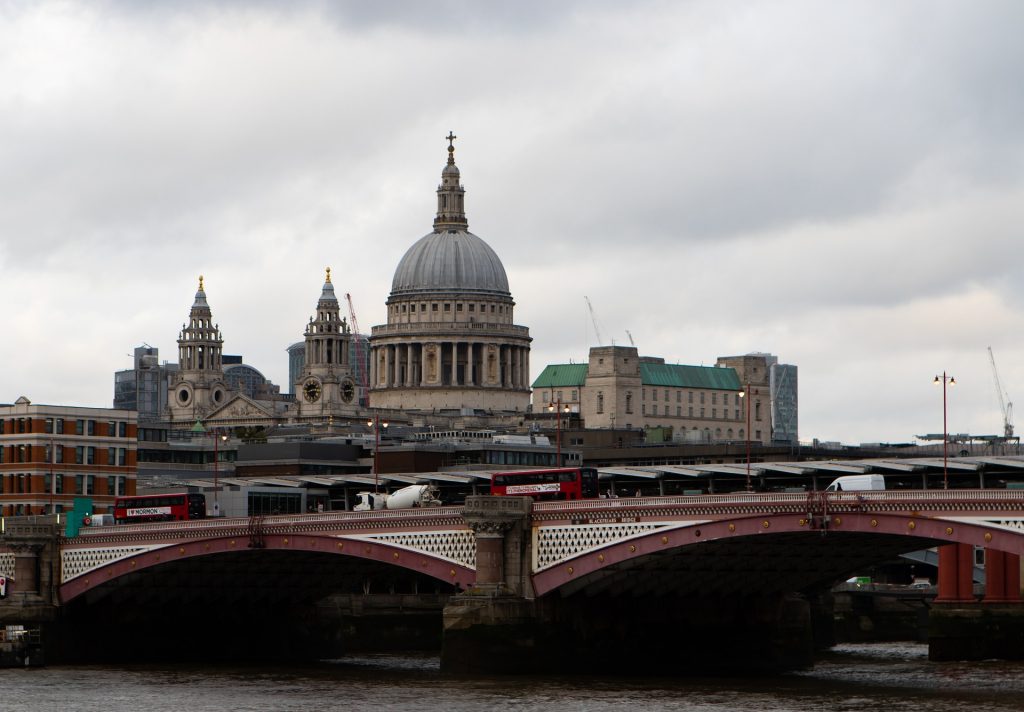
With intricate bird carvings and paintwork in pink and cream, Blackfriars Bridge is one of the most beautiful bridges in London. Originally built in 1769, it was rebuilt in 1869, making it a historic and important bridge.
The bridge’s namesake comes from the Dominican Priory that was once close by, and it stands at a tidal turning point in the River Thames. At the north end of the bridge is a statue of Queen Victoria, who opened the bridge after its reconstruction.
7. Waterloo Bridge
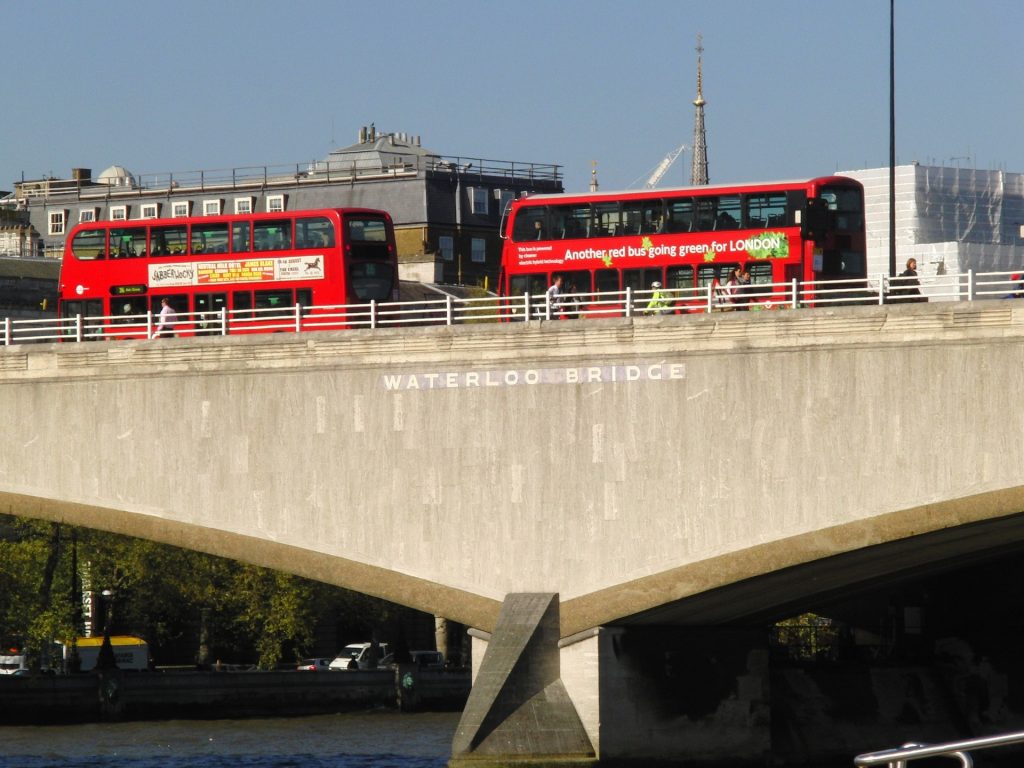
Named after the historic battle in 1815, Waterloo Bridge was built in 1817. At the time, it was the longest bridge in London, making it one of the most momentous and important bridges in the world. Due to its fame, the surrounding area and later the tube station were also named Waterloo.
The bridge stood until 1945 when the excessive vehicle use made it unsafe. It was rebuilt, mostly by the women, during World War II, earning it the nickname Ladies’ Bridge.
The bridge connects the Southbank with the quaint and upmarket Covent Garden.
8. Albert Bridge
A striking suspension and cable-stayed bridge, Albert Bridge’s mast-like design gives it the look of a tall ship. Originally built in 873, it was brightly painted in 1992 to make it easier to see by passing ships.
If you have the chance, visit the bridge after the sun’s gone down. The LED lights that illuminate the entire bridge form a spectacular sight, making it one of the most visited spots in the city.
9. Hammersmith Bridge
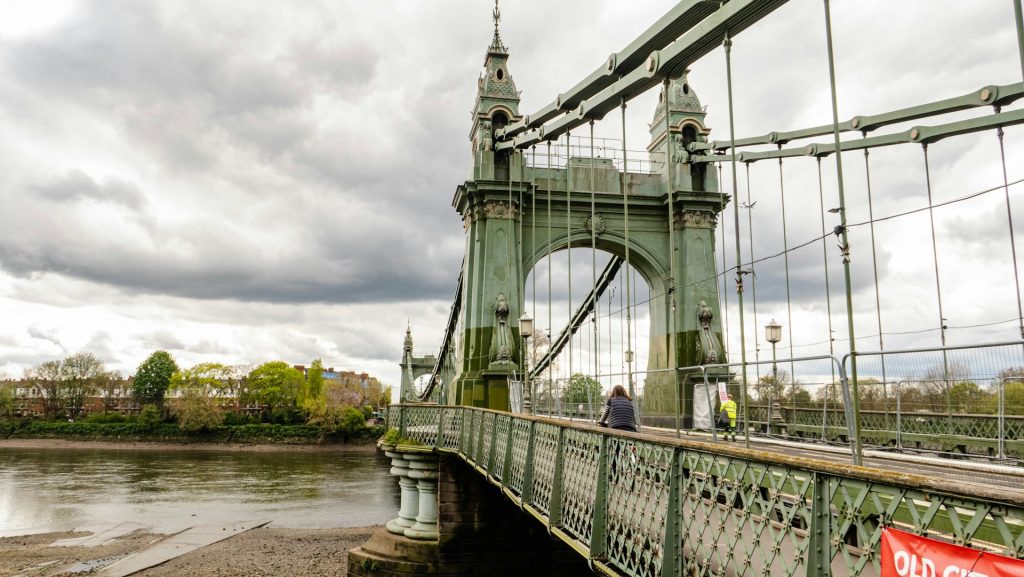
Built in 1827, Hammersmith Bridge is my favorite bridge in London. Its tall towers and unusual pale green color set it apart from others. It’s a memorable entrance to the city when driving in from Hammersmith or Richmond.
It’s not one of the most used or the most popular of London bridges, but that adds to its charm. It’s fairly quiet for London. On some occasions, you get it pretty much to yourself. Despite the solitude, the bridge has a regal air to it.
When it first opened, it was the only suspension bridge in London and the longest river crossing in the world.
Why visit London’s bridges?
A total of 35 bridges cross the River Thames, but it’s the ones in central London that see the most traffic and are the most well-known. From historic and ornate, to brand new and modern, the bridges in London span centuries and varying designs, capturing bygone eras and the mood of the city today.
More than just a way to cross the river, these bridges are tourist attractions in themselves and worth some time out to truly appreciate them. So on your next trip to London, put some bridges on your must-see list and view the city from a new perspective.
You can start your London adventure with a London in a day tour that includes a river cruise. A local expert will guide you around the best bits of London, like Buckingham Palace, and you’ll certainly get to see some of London’s best bridges along the way.
